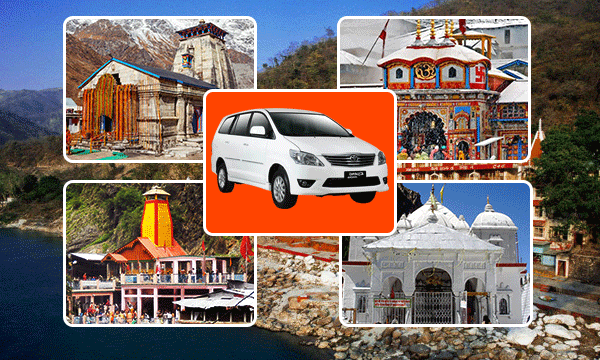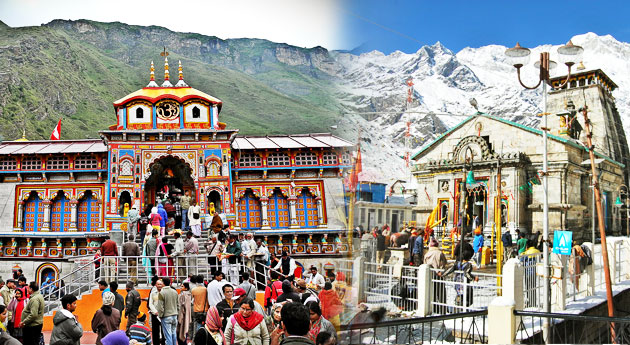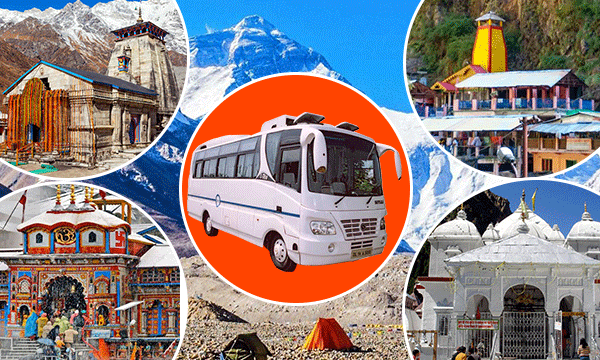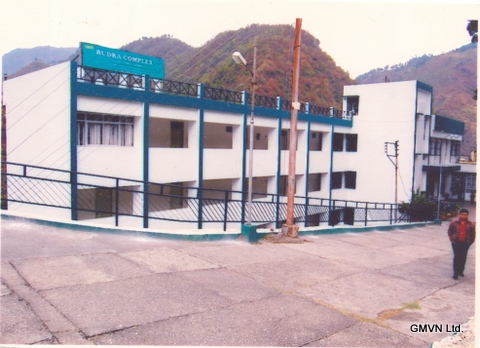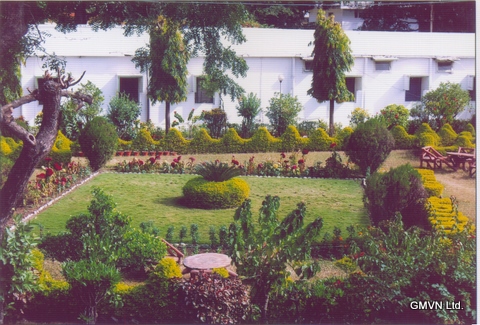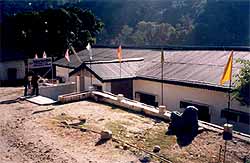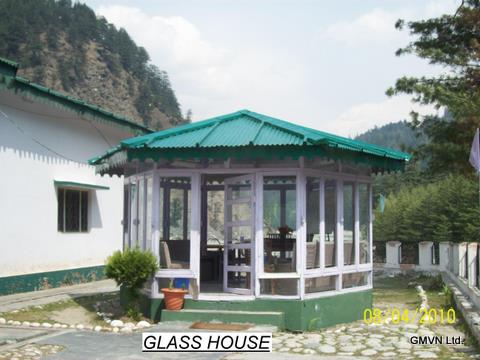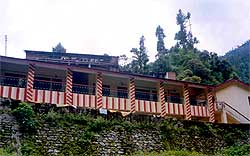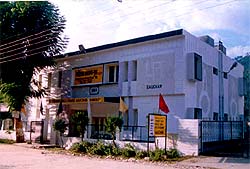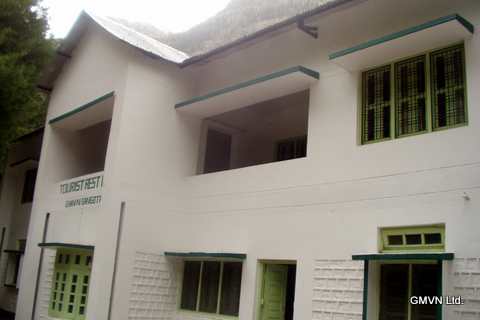Kedarnath Yatra Registration
Kedarnath Dham Yatra
One of the Chota Char Dham, Kedarnath is dedicated to Lord Shiva. There are twelve main jyotirlingas of Lord Shiva or Kedar in India, and one of their abodes is Kedarnath which is the most remote site of the Chota Char Dham Yatra.
Situated at an altitude of 3,584 metres above sea level near Chorabari glacier, this centre of pilgrimage was established by Adi Guru Shankaracharya in the 9th century. The present structure of Kedarnath temple is believed to be more than 1,000-year-old. Close to the Indo-China border, the temple is located in Rudraprayag district of Uttarakhand.
River Mandakini originates from the Kedarnath Mountains. The Shiva statue here is considered to be beheaded and the head is believed to be in Doleshwor Mahadeva Temple in Bhaktapur, Nepal.
Kedarnath Temple
According to ancient history, the Pandavas wanted to absolve their sins by taking blessings from Lord Shiva as they killed their brothers- Kauravas in the fight of Kurukshetra. However, Lord Shiva kept avoiding them and hid from one place to another. During this time, he took the form of a bull and stayed in Kedarnath. While Pandavas followed him there, he made a dive towards the ground and left his hump there. This conical protrusion is worshipped as the idol. His other parts are worshipped at other places, arms at Tungnath, mouth at Rudranath, naval at Madmaheshwar and hair at Kalpeshwar. Together with Kedarnath, these shrines are called Panch Kedar.
The structural design of the temple is extremely beautiful, and its walls depict mythological stories and images of deities. Surprisingly, it’s entrance gate faces south, whereas every Hindu temple must face east according to the ‘divine’ architectural guidelines. Made up of extremely large, heavy and evenly cut grey slabs of stones, it’s entrance has a conical lingam- the main idol, a statue of Nandi – the celestial bull of Shiva. The temple also has a ‘Garbha Griha‘for assemblies and a ‘Mandap’ for gatherings.
Inside Kedarnath Temple
Inside the Kedarnath temple Lord Shiva worshipped by devotees. One of the Jyotirlingam of Lord Shiva.
Kedarnath Temple Opening and Closing Timings
Kedarnath Temple opening time for pilgrims: 4:00 AM to 9:00 PM Daily
Kedarnath Temple closing time for pilgrims: 3:00 PM to 5:00 PM Daily
Pooja Performed in Kedarnath Mandir
Pilgrims can perform darshan, pooja and other religious activities. You can also perform special pooja before the general darshan in the morning.
Location of Kedarnath
Kedarnath temple situated at an altitude of 3,584 metres above sea level near Chorabari glacier. Kedarnath is 223 km from Rishikesh. If you are travelling via Devprayag, then the distance is just 70 km. It is much lesser if you are coming from Rudraprayag, only 34 km. 35 km if your path is Shrinagar to Kedarnath.
Coordinates of Kedarnath: 30.735491° N, 79.067059°E
Festivals in Kedarnath
In August month Shravani Annakoot Mela and in September and October Vinayak Chathurthi and Deepawali celebrated. Special Samadhi Pooja is held on the closing day of Kedarnath temple.
How to Reach Kedarnath
By Air: Jolly Grant, Dehradun is the nearest airport for Kedarnath. Which is located at 239 km from Dehradun city.
By Train: Rishikesh is only nearest railway station for Kedarnath. After reaching Rishikesh railway station you can opt any private vehicles or bus to reach Kedarnath temple which is approx. 215 kms away from Kedarnath. Haridwar is also nearest railway station to reach Kedarnath.
By Road: Kedarnath is well connected via rod from Rishikesh, Dehradun, Kotdwar, Haridwar, Barkot and Yamunotri, Tehri and Uttarkashi.
Kedarnath Distance Chart from Top Locations
- Dehradun to Kedarnath: 239 Kms
- Rishikesh to Kedarnath: 215 kms
- Delhi to Kedarnath: 458 km
- Chandigarh to Kedarnath: 387 km
- Nagpur to Kedarnath: 1421 km
- Bangalore to Kedarnath: 2484 km
Kedarnath Weather Updates
Kedarnath weather is always pleasant in the summer season. The maximum temperature in summer season is not maxed to 20 degree Celsius. This is the best season for pilgrims to travel Kedarnath.
Latest (Current) Kedarnath Weather Forecast
Kedarnath in Summers: Summers make the best time to visit Kedarnath that starts from April till May before the onset of monsoon in June. The weather in summer is cool and winters are unbearably cold. The temperature is pleasant staying up to 25°C maximum and can get very cold at night. This is the best season for pilgrimage and sightseeing trips.
Kedarnath in Monsoons: Monsoon season is very hectic for Kedarnath pilgrims. Due to heavy rainfall from July to August, many landslides happen in this duration. We suggest pilgrims avoid Kedarnath Dham Yatra during this season. Especially between July to August month.
Kedarnath in Winters: Winter season is very cold for Kedarnath, while minimum temperature goes down below zero degree Celsius. Kedarnath temple is closed from the end of November till mid-March for pilgrims due to heavy snowfall.
Best Time to Visit Kedarnath Temple
Kedarnath temple door opens during Chardham Yatra. Chardham Yatra start from mid of April. April to June and September to November is the best time to visit Kedarnath temple.
Month-wise Kedarnath Weather Details
Kedarnath In April: Kedarnath temple door opens mid of April during Chardham Yatra. The weather is pleasant this month to travel Kedarnath.
Kedarnath in May: Best month to visit Kedarnath temple and sightseeing. Kedarnath Dham Yatra starts in this month.
Kedarnath in June: June is also the best month to visit Kedarnath. In this month season is pleasant for every pilgrim.
Kedarnath in July: Rainfall start in this month but day time is clear to visit Kedarnath temple and sightseeing. Due to rainfall unexpected landslides happens. So we suggest pilgrims avoid travel during the rain.
Kedarnath in August: Almost August month is the rainy season. Unexpected landslides happen due to rainfall in this area. Weather is warm in this month for Kedarnath Dham Yatra.
Kedarnath in September: Again September month is pleasant for Kedarnath Dham Yatra. The day is normal but nights are moderately cold. This month is ideal for Kedarnath Dham Yatra and sightseeing.
Kedarnath in October: Winter season starts in October and nights are very cold. This month is also the best time to visit Kedarnath Dham.
Kedarnath in November, December, January, February and March: Kedarnath Dham Yatra is closed during these months. These months are extremely cold due to heavy snowfall. Kedarnath temple doors are closed from mid of November to end of March month.
Trekking near Kedarnath
Kedarnath is one of the destinations from char Dham. Beside Kedarnath Dham Yatra peoples can enjoy some adventures trips near Kedarnath. You can also reach Kedarnath temple trekking 14 Kms. from Gaurikund. Other tracking points are Vasuki Tal, Chorabari Tal.
Places to visit in Kedarnath
There is the various place to visit nearby Kedarnath except for Kedarnath temple. Chorabari Tal, Gaurikund, Shankaracharya Samadhi, Vasuki Tal are main places to visit nearby Kedarnath Temple.
Kedarnath Temple: Kedarnath is one of the holiest Hindu pilgrims of India with Lord Shiva as its presiding deity. This holy site is situated perched at an elevation of 3,584mts above sea level in the foot of imposing snowbound Himalayan peaks.
Chorabari Tal: Chorabari Tal is a beautiful lake situated 3kms ahead of Kedarnath in the mouth of Chorabari Bamak Glacier. Chorabari Tal is a pristine lake which shows the reflections of the gigantic Himalayan peaks. Chorabari Tal is also known as Gandhi Sarovar. The trek is easy but be careful while crossing the waterfall in between.
Gaurikund: Gaurikund is the commencement point of the trek of 14kms to the sacred shrine of Kedarnath. The place is named after Goddess Parvati, wife of Lord Shiva and a temple Gauri is also situated here. It is believed that Lord Shiva accepted to marry Parvati at this place and married her in Trijuginarayan. The place offers vivid greenery with Vasuki Ganga flowing from below. Gaurikund is situated 66kms from Rudraprayag. The place also has natural thermal springs.
Shankaracharya Samadhi: Adi Shankaracharya was a great scholar and a saint who established four sacred dhams in India and after that he went to his Samadhi at an early age of 32.
Vasuki Tal: Vasuki Tal can be reached by a 7km moderate trek from Kedarnath. The lake is located at an altitude of 4,150mts above sea level surrounded by Himalayan peaks casting their shadows on the crystal clear water of Vasuki Tal.
Kedarnath Dham Yatra Latest Updates 2020
Kedarnath Dham Yatra Important Dates If you are planning to visit Kedarnath Dham Yatra during 2020, then check out the following pages for the latest updates

Kedarnath Dham Yatra will be open on 30 April 2020









